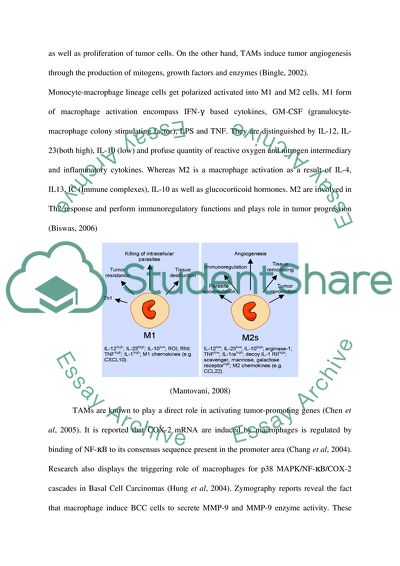Cite this document
(“Tumor Immunology - The Role of Tumor-Associated Macrophages Research Paper”, n.d.)
Tumor Immunology - The Role of Tumor-Associated Macrophages Research Paper. Retrieved from https://studentshare.org/health-sciences-medicine/1746687-tumor-immunology-the-role-of-tumor-associated-macrophages
Tumor Immunology - The Role of Tumor-Associated Macrophages Research Paper. Retrieved from https://studentshare.org/health-sciences-medicine/1746687-tumor-immunology-the-role-of-tumor-associated-macrophages
(Tumor Immunology - The Role of Tumor-Associated Macrophages Research Paper)
Tumor Immunology - The Role of Tumor-Associated Macrophages Research Paper. https://studentshare.org/health-sciences-medicine/1746687-tumor-immunology-the-role-of-tumor-associated-macrophages.
Tumor Immunology - The Role of Tumor-Associated Macrophages Research Paper. https://studentshare.org/health-sciences-medicine/1746687-tumor-immunology-the-role-of-tumor-associated-macrophages.
“Tumor Immunology - The Role of Tumor-Associated Macrophages Research Paper”, n.d. https://studentshare.org/health-sciences-medicine/1746687-tumor-immunology-the-role-of-tumor-associated-macrophages.


